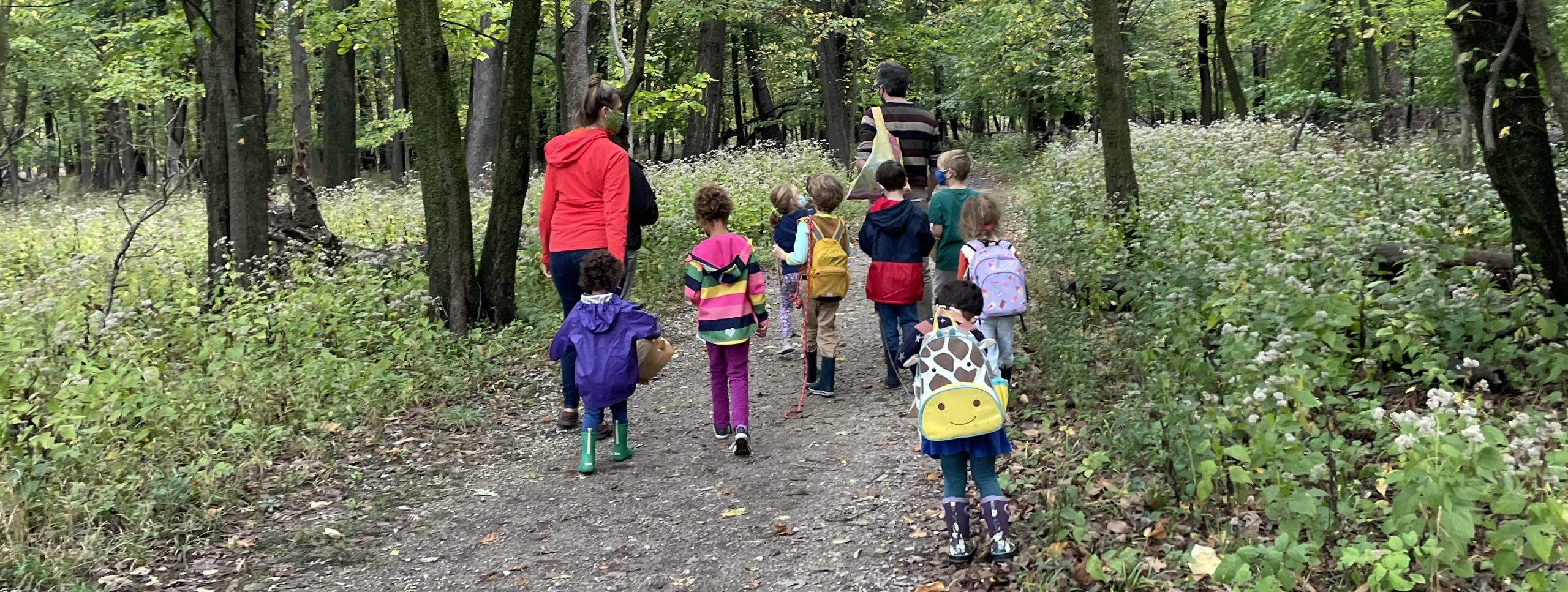Today we took advantage of a windy day to delve deeper into wind and air pressure.
First we reviewed air pressure, which we touched on in our water cycle lesson two weeks ago. We made our high-pressure faces (puffing out our cheeks) and our low-pressure faces (sucking them in), and figured out that air is pushed away from high pressure and towards low pressure. That led to our first measurement: the direction of wind! We discussed wind vanes, smoke from fires, grass thrown in the air, and even wet fingers as possible tools we can use to discern the wind’s direction.
Next came our first craft: a simple pinwheel. These framed a discussion of windmills. We discussed how the wind pushes on one part of the blade (high pressure) and pulls on another (low pressure) in order to turn the windmill, and also how windmills turn much faster when the wind is stronger.
And that led us to our bigger craft, which was constructing an anemometer to measure the speed of the wind. I was nervous about this one, but the kids all did so well, working very conscientiously and waiting for one another with such patience. I was both impressed and relieved! The grown-ups (including Ananda today!) also had a tricky job (putting pins through paper straws), and they also did very well 😉
We talked about how the anemometer catches wind in its buckets and went outside for a few minutes to test them out. If you count the spins per minute, I told them, you could compare different wind speeds. Back inside we burned the remaining time playing a game where they lined up and pretended to be air molecules. I would tug one of them toward me, and then the others would have to fill in the vacuum that was left and follow the first one, and eventually they were all a big gust of wind. Because after all, air molecules don’t tune in to the Weather Channel and decide where to go based on maps! All of these decisions are happening locally, in the space between one molecule and the next.

